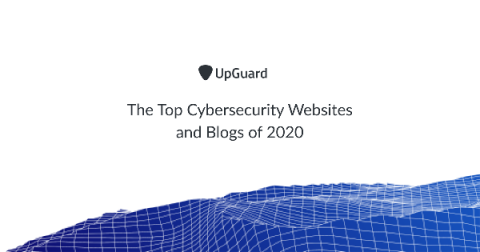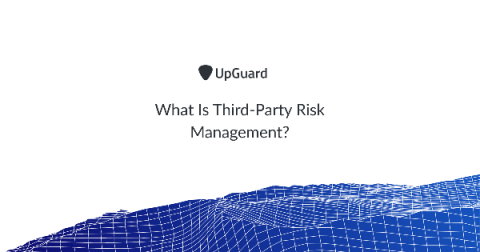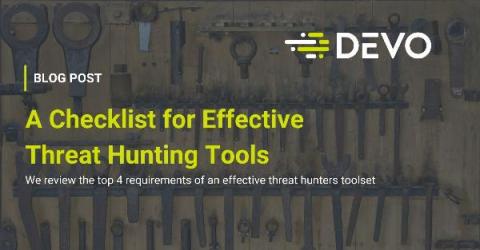The Top Cybersecurity Websites and Blogs of 2020
The information security landscape is constantly evolving, which is why it's so important to stay up to date with the latest trends, threats, and advancements. Given that a Google search for cybersecurity websites produces millions of results, we thought we thought we'd compile a list of the best. Adam Shostack & friends is a group blog on security, liberty, privacy, and economics.











